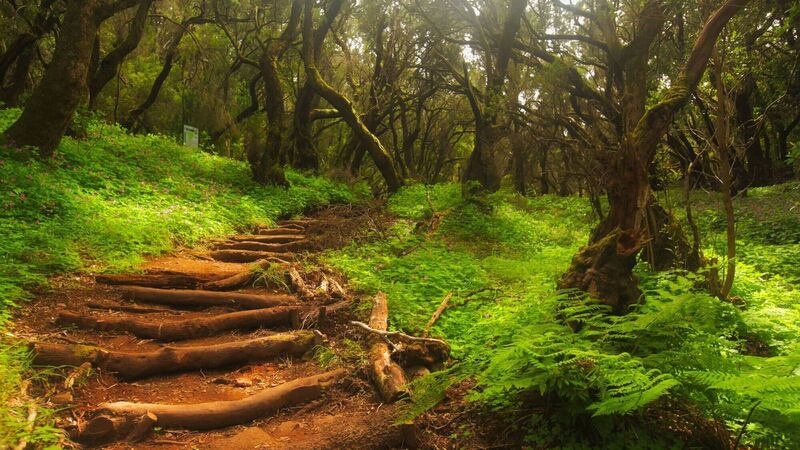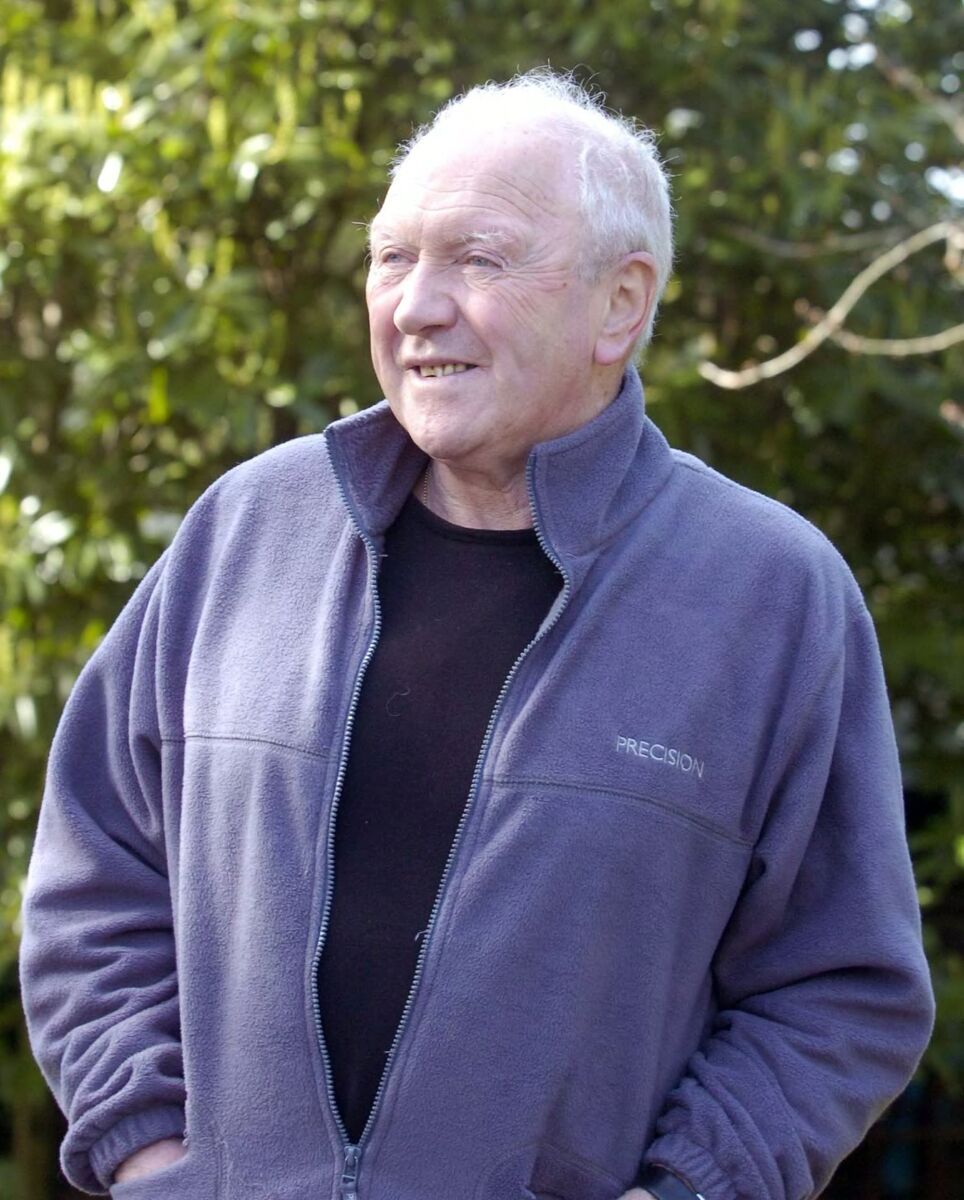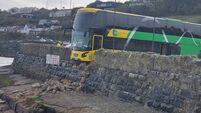Ringing up adventure on a dark forest walk

Walking the paths in the dense forest around the peak of Garajonay is entirely safe, unless, perhaps, one is too busy looking at the wild flowers, fungi, and the towering trees of laurel and heather to notice the very gradual, fading of sunlight.
I NO longer seek adventure. I’ve had quite enough. But adventure, uncalled for can find one out.
My wife and I had no intention of seeking an adventure when we set out last Saturday week to follow one of the many paths through the dense monteverde forest of La Gomera in the Canary Islands, around the peak of Garajonay.
The paths are well marked on maps, with way-posts every kilometre or so. There should be no danger of getting lost or falling into a ravine. Forest ravines aren’t deep, about 4m, unlike the 1,500 feet, 500m, ravines that radiate from the plateau down to the sea.
Walking the forest paths is entirely safe, unless, perhaps, one is too busy looking at the wild flowers, fungi, and the towering trees of laurel and heather to notice the very gradual, almost stealthy, fading of sunlight and calculating the distance still to be walked to get back to the road and one’s car.

My mission was to hope I might, after decades of trying, get a photo of one of the two pigeon species endemic to the island, or at least of a blue chaffinch, or an endemic Canarian goldcrest. We heard the pigeons, probably Laurel pigeons, but didn’t see them. Only by good fortune did we avoid spending the night in the forest with them.
We negotiated most of the last kilometre in pitch darkness, sounding-out the way by tapping my makeshift walking-stick on the ground before my feet, as the blind might use a stick. Where the path curved, we walked in baby steps. If the tap was audible, we were still on the footworn path; if not, we had lost it, and were heading away, into the trees. There, we would be simply lost, or tumble into a boulder-bottomed ravine. It was a difficult situation. There was a moon — we’d admired it, in three-quarter splendour, the night before —but it wasn’t rising. We’d seen no sunset through the trees.
We’d heard the soft cooing of the elusive pigeons earlier. We’d seen bats flitting between the trees. Now, the forest was dead silent. It gets very cold up there at night and the tree cover is 40km square in extent. It isn’t called a cloud forest simply for the romance. The water that irrigates the fertile valleys comes from clouds that wander lonely — as clouds do, regardless of lonely poets who watch them — in ghostly shapes out of the deep ravines and over the canopy that still, uniquely, blankets La Gomera, the last of the humid subtropical forest that, in the Tertiary Era, covered most of Southern Europe. Now, we faced the prospect of spending the night in that forest, lost like babes in the wood.
My wife expressed some concern at our situation. I was at least as concerned as she. We moved at snail’s pace; once, I heard a crunch underfoot and thought I might have wiped out one of the very rare, endemic black snails with white lips to their shells.
Finally, we reached the road. Now, above us, the stars were near and brilliant in a cobalt sky.
After a 15-minute drive, we were in the kitchen of an old friend in a mountain village and the usual, evening-long cooking and barbecuing and storytelling began in the Gomero fashion.
There, Navarro, the only other guest, and a man of great knowledge and curiosity asked us, why hadn’t we used our phones to light our way? Well, we admitted, we had left them in the car. What?, he cried, were we truly crazy, as he’d always suspected?
No, I retorted. What if — at last, after years of trying — I had come upon a rabiche pigeon and had it fixed in my camera lens when a sudden ding-dong notification sounded on my phone and sent it rocketing into the canopy? (Rocket they do, despite being 1.5% larger than our Irish wood pigeons, evolutionary descendants of them). Would I not sling the offending instrument of unrequested-communication into a ravine and myself, perhaps, after it? But, for an emergency, Damián!, he howled, what if you or your charming señora fall down a hole?!
Navarro, my friend— I had the temerity to suggest to him, fellow guest at our hosts’ burgeoning table —isn’t it true that for 3m years, since Lucy stood up on her hind legs in the Rift Valley of Africa, saw distant horizons and set off to explore them, mankind has travelled and survived without the aid of mobile phones? I believe, we’re becoming too reliant on technology. What d’you think, Domingo?
Domingo agreed. Navarro said I was antediluvian.
Antediluvian or not, put that in your pipe and smoke it, Navarro!, I said.

Subscribe to access all of the Irish Examiner.
Try unlimited access from only €1.50 a week
Already a subscriber? Sign in
CONNECT WITH US TODAY
Be the first to know the latest news and updates









